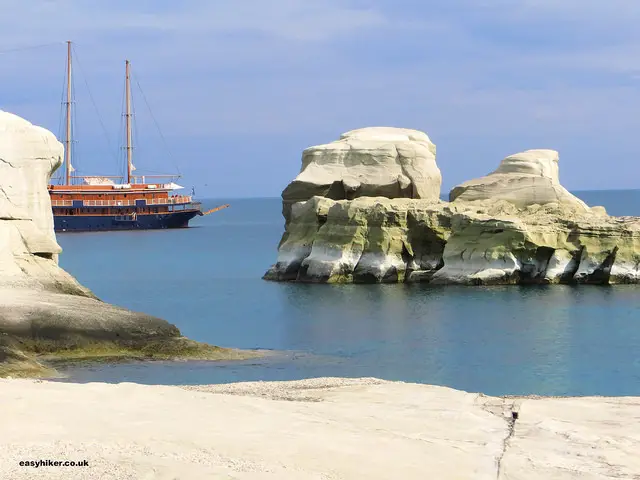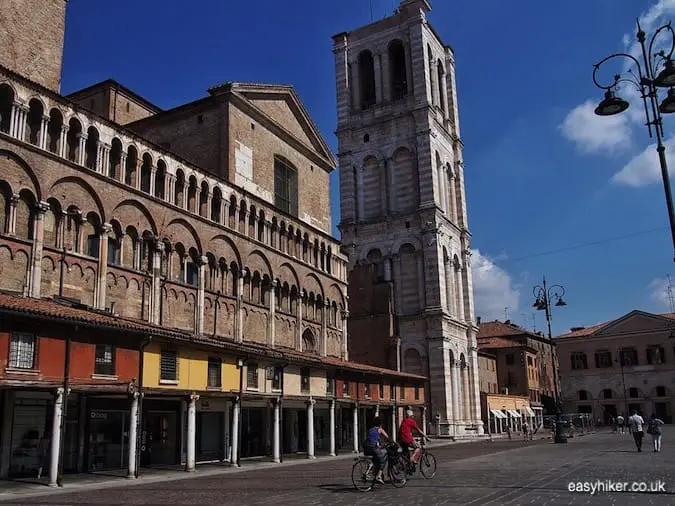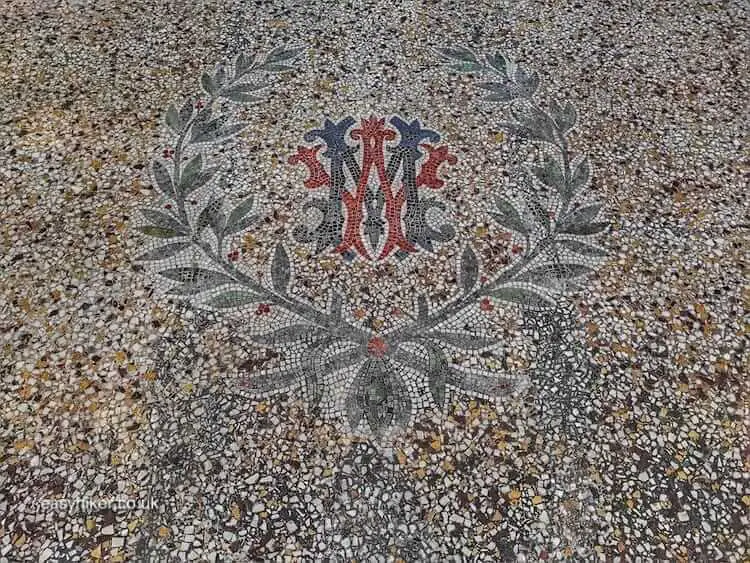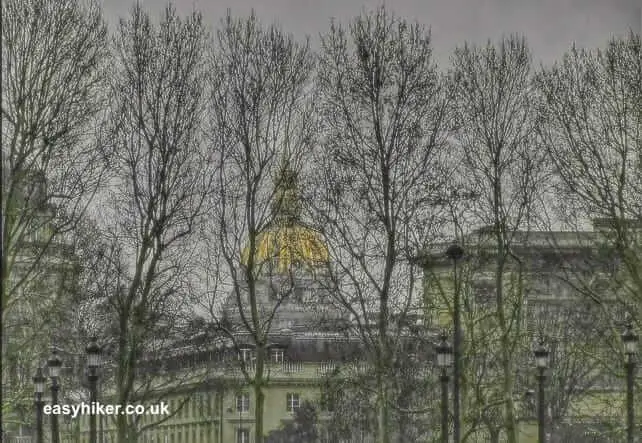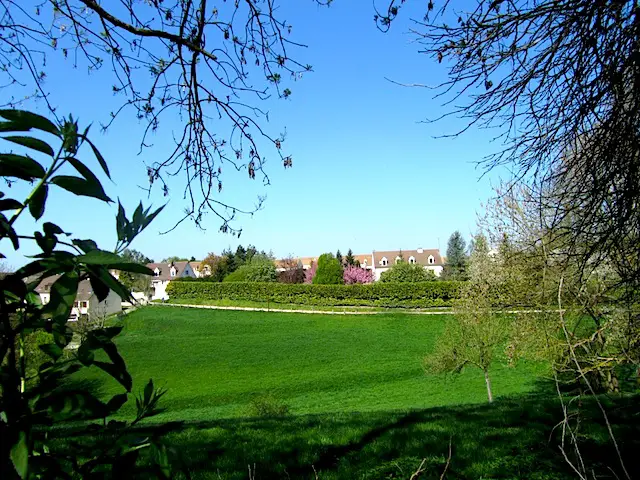The island of Ireland meets the ocean on a frontier of vertiginous cliffs and sandy beaches that stretches out for more than 3000 km, enough to guarantee a good deal of variety.
Much of this coastline is pretty rough and rugged: above all in the west, where mighty rocks are forever lashed by the furious waves of the Atlantic Ocean.
While you can find equally dramatic stretches on the east coast (as we saw last week), the Irish Sea is also seamed by balmy shores, reminiscent of more southern climes and almost Mediterranean in flavour.
One such oasis of southern lushness on the Irish sea is just a short city-rail ride away from Dublin – and our destination for this week.
Dalkey

In today’s post, we are heading for the town of Dalkey whose harbour was, in the Middle Ages, Ireland’s main entrance point for foreign goods and influences of all kinds.
It is also said that the 14th century plague – which killed one in three inhabitants of the island – entered Ireland here.
This harbour still exists – it is called Bulloch Harbour now and located north of the town centre – but we turn in the opposite direction out of the city-rail station (right and right again into Colliemore Road) towards Colliemore Harbour…

… which is the prettier and more charming of the two.
Take the time to roam around a little and enjoy the atmosphere …

… before continuing further up Colliemore Road, which has a few architectural surprises up its sleeve.
The scenery certainly surprised us. When we arrived, we had no idea what kind of town Dalkey was, and did not expect to see one posh mansion followed by the next.
It seemed that the further we went up Colliemore Road, the more luxurious the houses became.
It started with exquisitely decorated but essentially modest cottage-style homes …

… but then the entrances became bigger …

… and eventually, the houses themselves followed suit.

It was only after our return that we did a little research on Dalkey.
It turned out that it is the wealthiest suburb of Dublin and that many famous Irish people have lived here, including writers such as GB Shaw and the bestselling novelist Maeve Binchy (who was actually born in Dalkey) and musicians including Van Morrison and Bono.
Matt Damon also owns a house in Dalkey, which he bought when he was stranded in the area on a movie shoot (for The Last Duel) during the COVID pandemic.
You will pass many splendid residences on your way and can only guess if they are inhabited by somebody you have seen on a silver screen – or just by somebody with a Hollywood-ish taste.

Eventually, you will arrive at two parks on opposite sides of the road – Dillon Park and Sorrento Park – that sum up what is best about this stretch of coastline.
There is gently rolling grassland inviting you to stroll around, …

… there are charming footpaths …

… that are leading to splendid sights across the sea, …

… and you will get equally splendid views of Dalkey Island, which gave the name to the Viking settlement that was established on the coast. (“Ey” is what the Vikings called an “island”, while “dalk” is derived from the Gaelic word for thorn.)

Have a good look around the parks and then return the same way you came.
Before you hop on the train back to Dublin, you should, however, take the time for a stopover in Dalkey’s town centre for a snack or a cup of coffee.

The area around Castle Street is full of handsome shops, cafés and restaurants, and at the very end of the street itself, you can find an authentic medieval castle from Norman times. (Can you spot the differences with the “castle” you saw earlier on Colliemore Road? I think you can.)

But the real reason why you should have a look at Dalkey’s high street is another.
In life, you have to take what you can get, and if you – like us – have only come for an extended week-end trip to Dublin, the suburbs of the capital give you the only chance of forming an idea of what the rest of the country may look and feel like.
Granted, you can argue that wealthy Dalkey is not the most representative small town in the country, but it is representative for one facette of modern Ireland, which is no longer a poor country.
Bear in mind that the “Real Ireland” – sheep roaming around windswept meadows, evenings filled with fiddles and folk dancing – is a fantasy. It was concocted by conservative Irish nationalists in the early 20th century and nowadays only survives in Whiskey commercials.
The real Ireland, meanwhile, the one without inverted commas, has long since moved on.


